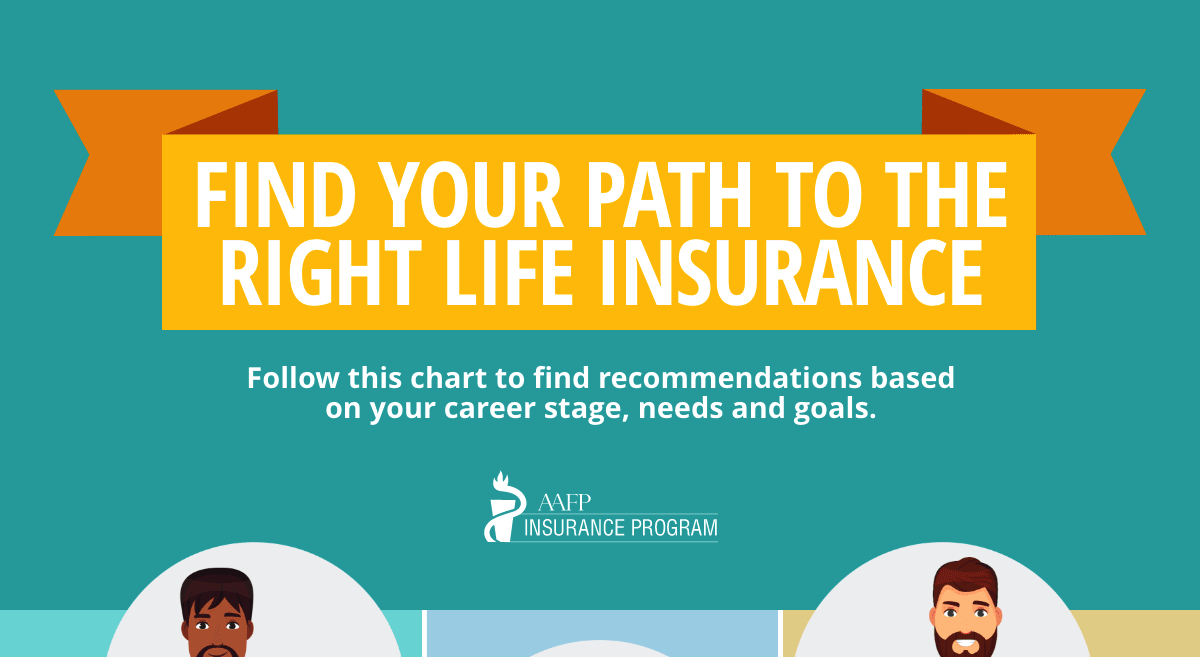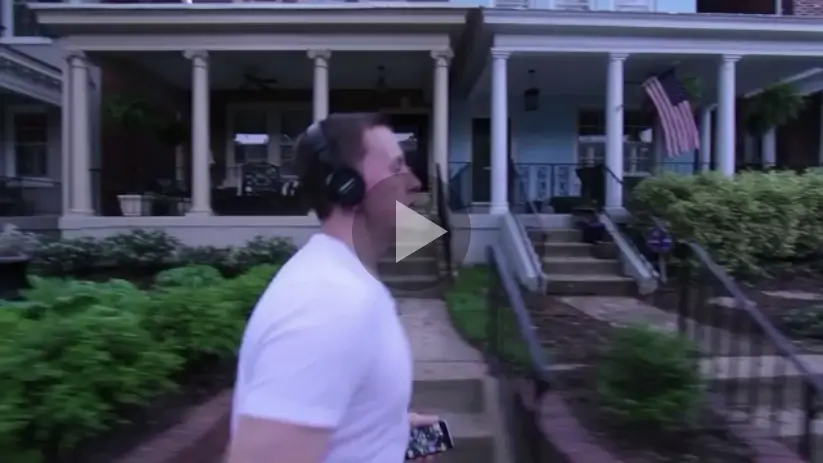There may be a stigma attached to practicing medicine in rural and low income areas. Young doctors don’t find the remote locales attractive enough to want to move and set up shop there, preferring the more stable work-life balance of affluent urban and suburban areas. Others prefer to practice near their friends and colleagues. Also, moving to these areas can put a strain on spouses and partners who have no connections in these communities and are looking for a suitable job or career. With few doctors willing to relocate to these areas, a physician shortage could have serious consequences on access and quality of care.
According to the Health Professional and Nursing Education Coalition, both rural and urban communities suffer from health professional shortages across all disciplines, citing issues with distribution, recruitment, and retention of health care providers. Areas that are considered underserved, as defined by the Health Resources and Services Administration (HRSA), suffer from too few primary care providers, high infant mortality, high poverty and/or high elderly population. According to HRSA, there are currently 5,900 designated Primary Care Health Professional Shortage Areas (HPSA) in the U.S. These areas are based on a physician to population ratio of 1:3,500. That means it would take 7,550 additional primary care physicians to eliminate the current primary care HPSA designations.
To increase the number of practicing physicians in these areas and to decrease the number of HPSAs, financial assistance programs are being put in place to entice young doctors to relocate. The Department of Health & Human Services (HHS) has awarded $9.1 million to medical students participating in the National Health Service Corps’ Students to Service Loan Repayment Program. In exchange for medical school debt repayment, 77 students commit to provide primary care services in communities with health professional shortages. After their residencies, participants can receive annual student loan repayment funds of up to $30,000 while in the program.
The Jefferson Medical College Physician Shortage Area Program (PSAP) was designed to increase the supply and retention of physicians in rural areas and small towns, especially in Pennsylvania and Delaware. The program targets medical students who either grew up in a rural area or small town, or intend to practice in one. On the west coast, the California Medical Association has developed the Steven M. Thompson Physician Corps Loan Repayment Program which provides grants of up to $105,000 in exchange for a three-year service commitment in a medically underserved area of the state.
Similarly, the Texas Medical Association has a program where physicians who agree to practice for four years in primary-care health professional shortage areas (HPSAs) can receive up to $160,000 to repay medical school loans. Programs in Detroit, Florida and Oklahoma have followed suit in providing medical care to communities with scarce health care professionals.
There are thousands of people who need care, and there is a supply of doctors available to provide it. With recruitment programs such as these, young family doctors may come to appreciate that working as a small town doc can have its benefits.



